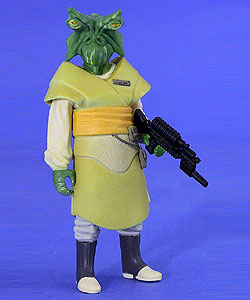
In 19 BBY, shortly after the end of the Clone Wars, a less-than-reputable Ishi Tib named Haka Hai made his base on the swampy world of Mimban. At least one Ishi Tib pirate was a member of the Ohnaka Gang. However, the majority of Ishi Tib on Tibrin itself overwhelmingly supported Dooku, at least initially, as he had liberated their planet from the tyrannical rule of Suribran Tu. Ishi Tib enjoyed listening to music that had loud sirens, along with clanging, whoops, flashing lights, and ringing bells.ĭuring the Clone Wars, the Ishi Tib were divided in their loyalties-Tibrin was brought into the Confederacy of Independent Systems by Count Dooku, though it was still represented in the Galactic Senate by Gume Saam. There was also a primal undercurrent to their personalities, however-they were ferocious in combat, often tearing opponents apart with their beaks. Ishi Tib were also known for their environmental consciousness, often choosing to work in positions where reverence for nature was as or more important than profit. Their organizational skills and drive to complete their projects placed them in high demand, making many offworld Ishi Tib quite wealthy. The minority of Ishi Tib who left Tibrin often found work offworld as executives, accountants, and project managers.

Ishi Tib were considered meticulous strategists and managers. Marriage was unknown among the Ishi Tib, and no Ishi Tib knew who his or her parents or children were. Ishi Tib reproduction was governed by the needs of the school, with fertilized eggs laid in hatcheries near the reefs, and children raised communally. The most important laws of the Ishi Tib were concerned with ecological preservation. Schools were governed by representatives who were elected to one-year terms. Their society was centered on small communities (called "schools") of up to 10,000 Ishi Tib.

As they evolved intelligence, their cities were built on these same coral reefs, with underwater farms which grew fish, seaweed, and crustaceans for food. Ishi Tib evolved from fish who escaped predators by jumping out of the oceans and on to the above-water portions of Tibrin's coral reefs.

Their green skins retained humidity, but an Ishi Tib had to bathe in salt water every thirty hours or so, or their skin would crack open, resulting in internal and external bleeding and death. Their lungs doubled as internal gills, and they had an acute sense of smell on land or in the water. Their heads were often described as star-shaped, with their eyestalks, beaks, and cheek pouches forming a five-pointed star. The Ishi Tib were amphibious beings with large eyes on stalks and beak-like mouths.


 0 kommentar(er)
0 kommentar(er)
